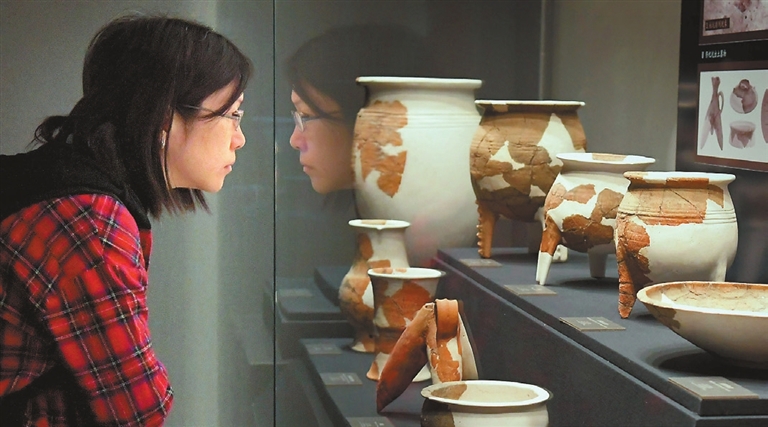
THE local government in Central China’s Henan Province has announced plans to establish a new archaeological research center dedicated to the Xia (2070-1600 B.C.) and Shang (1600-1046 B.C.) dynasties in Luoyang, close to the Erlitou Archaeological Site Park. The site was once China’s earliest capital city and is a crucial part of the Project to Trace the Origins of Chinese Civilization (PTOCC). Expected to cover an area of 23,300 square meters, the center will comprise various facilities such as a scientific research center, technology and archaeology center, archaeology specimen room, and training base for Xia and Shang culture talents. Construction of the facility is expected to take 23 months. According to Wang Wei, PTOCC’s senior researcher, such centers are vital in piecing together different elements of Xia and Shang culture and creating a broader picture of the ancient Chinese civilizations. This will be the only research base dedicated to Xia-Shang historical sites in the region. The Erlitou Culture is an iconic part of Xia culture, originating some 3,800 years ago. The new research center will complement other related cultural institutions, including the Erlitou Site Museum of the Xia Capital and the Erlitou Archaeological Site Park. Archaeologist Xue Feng noted that these facilities serve various functions and underscore the significance of the Xia and Shang dynasties to Chinese archaeology. Xue added that the period marked how a country was formed and how primitive society gradually progressed into civilization with emerging etiquette systems and social classes. The Xia-Shang-Zhou Chronology Project, launched in 1996, paved the way for the current PTOCC by establishing the exact dates of the Xia, Shang, and Zhou (1046-256 B.C.) dynasties. The earlier project was China’s largest multidisciplinary academic investigation, focusing on astronomy, history, and archaeology. Henan Province has numerous Xia-Shang archaeological sites, making it an essential research subject for the PTOCC. A Xia culture research institute was established in the provincial capital Zhengzhou in 2020, focusing on more than 10 Xia sites across the region. The new Luoyang center will complement this by improving research at the provincial level. The Yin Ruins Museum in Anyang, around 200 kilometers from Zhengzhou, is dedicated to the notable oracle bone culture of the former Shang Dynasty capital and carries out research on the site’s history. Cultural sociologist Chu Xin noted that Henan Province’s historical assets can be further tapped for their value. For instance, Luoyang is planning a program to connect five ancient city ruins, including the Eastern Zhou Dynasty Wang City Ruins and the Yanshi Shang City Ruins. (Global Times) | 
